 background: thomas smillie
background: thomas smillie
 background: thomas smillie
background: thomas smillie
 witching hour - andrew wyeth (1977)
witching hour - andrew wyeth (1977)
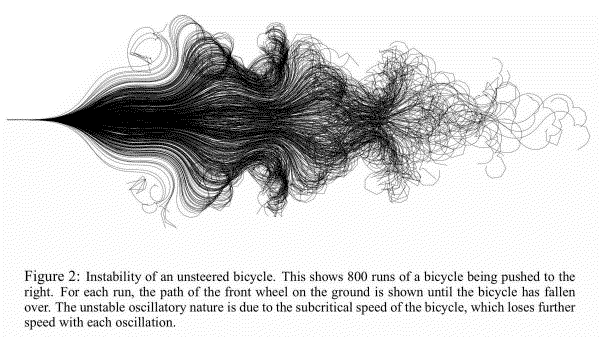 via
via






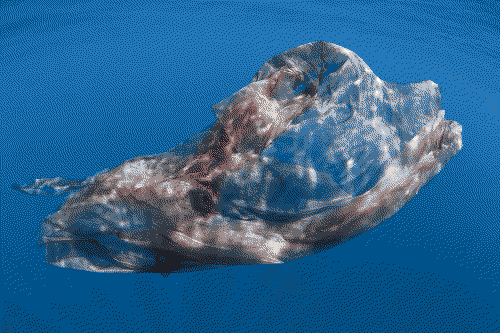 the molt of a sperm whale
the molt of a sperm whale
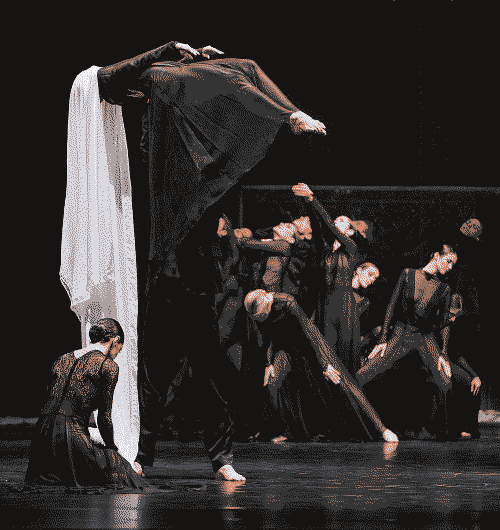 Pina Bausch - Orpheus and Eurydice - Paris Opera Ballet 2018
Pina Bausch - Orpheus and Eurydice - Paris Opera Ballet 2018
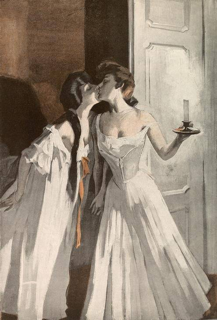 Polterabend - Ferdinand von Reznicek (1908)
Polterabend - Ferdinand von Reznicek (1908)
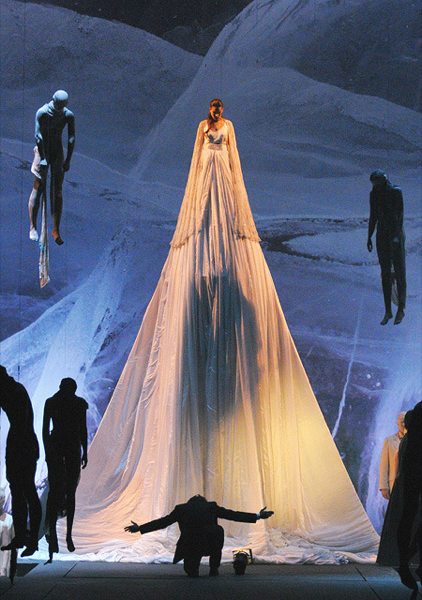 Orphée et Eurydice (David and Frédèrico Alagna)
Orphée et Eurydice (David and Frédèrico Alagna)
ever since i learned about ghost buildings i haven't been able to stop thinking about them
cemeterything
Sometimes when one building comes down, the ghost of its architecture is left embedded on its neighbor. These "ghost buildings" as they're sometimes called, remain as an unintentional texture of memory in the destruction.

this is body horror
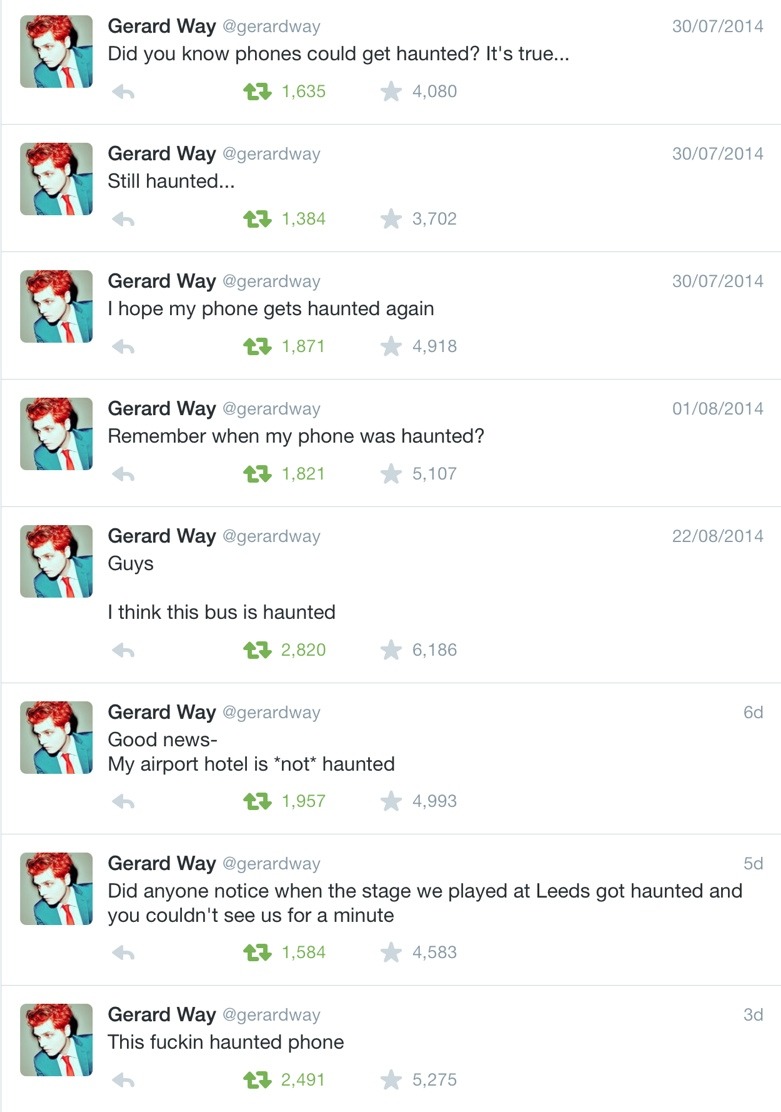

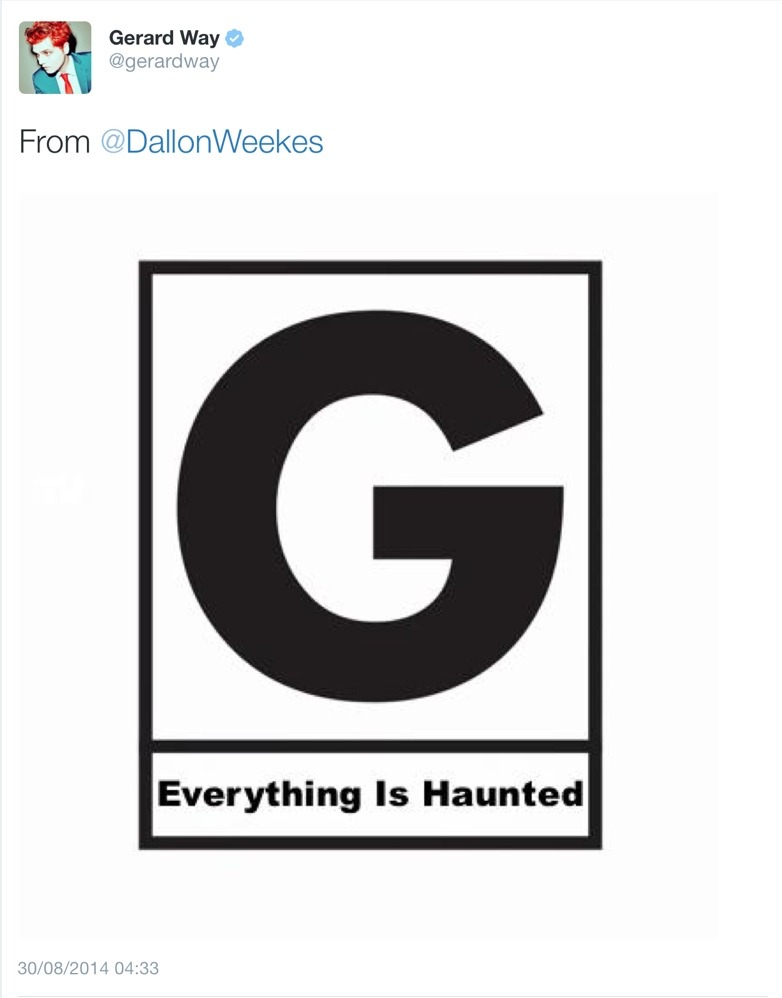
AUSTIN WALKER (as the Narrator): [slight drawl] Now there ain't a damn thing that's ever happened in Hieron that I ain't know about. That gives me what you might call a unique perspective. Which comes in handy now and then. Take for instance ghosts.
You know, specters and phantoms. Vampires. The undead of all sorts.
Most folks will tell you that ghosts come from extreme circumstances. A traumatic death. An unavenged betrayal. A depraved killing. They couldn't be more wrong. See, I know the man what moves the soul after the body goes. He ain't leaving behind those that have been wronged.
Ghosts ain't about quality of death, they’re about quantity. See, sometimes that old boy gets very busy. Can't keep up with them. Maybe a war is on. Maybe it's a flood or a fire. Too many lives to process, and some are bound to slip through the cracks.
After all, the truth is, all death is traumatic. But don't get me wrong. Every now and then, a ghost does want a little revenge. But that ain't supernatural. That's just numbers.
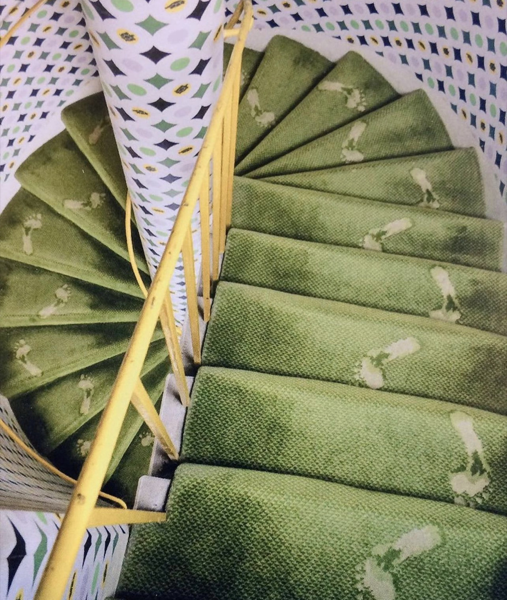
Surrealist Edward James was so besotted with his wife, the dancer Tilly Losch, that when he saw the trail of wet footprints she left up the stairs after her bath at Monkton House, he had them woven into the carpet.
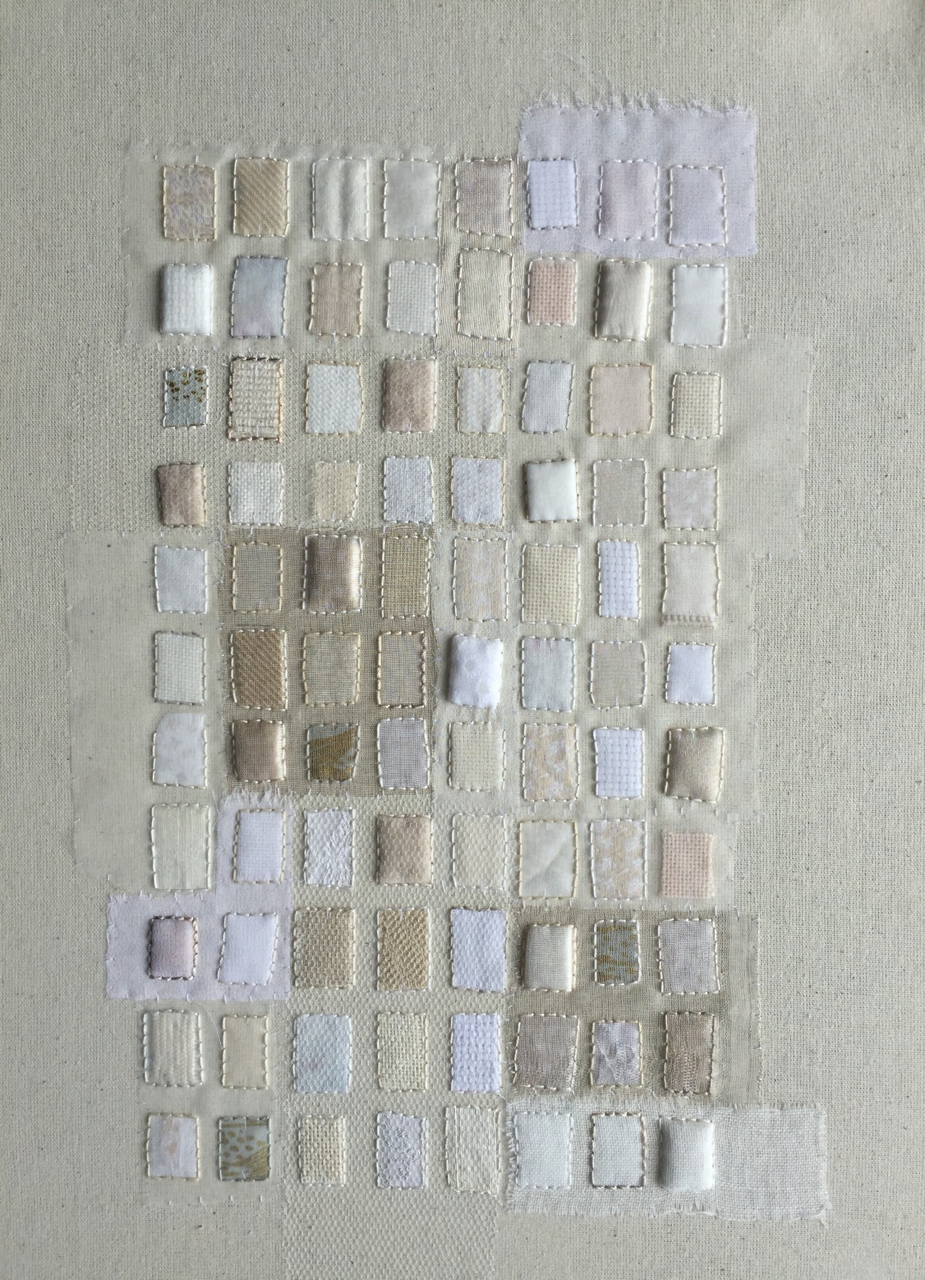 pardalote
pardalote
The Ghost: A Cultural History, Susan Owens

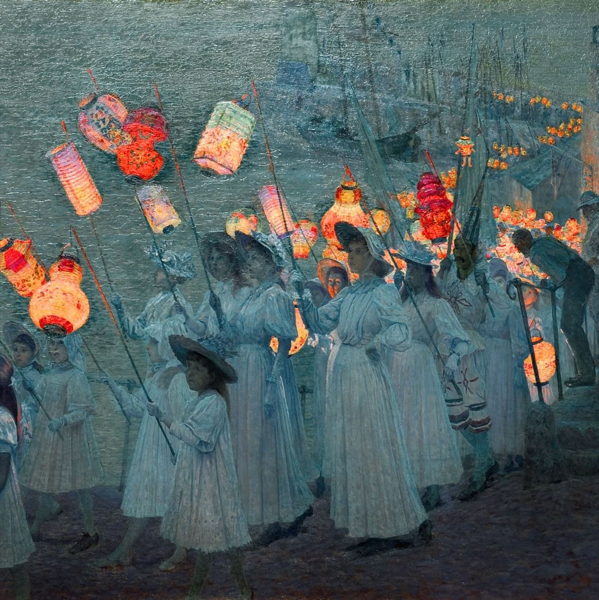 Jubilee Procession in a Cornish Village - George Sherwood Hunter
Jubilee Procession in a Cornish Village - George Sherwood Hunter
Irving Finkel, from Chapter 1: Ghosts at the Beginning, from “The First Ghosts”, Hodder & Stoughton, 2021
Like Pater's Mona Lisa, the Lady Madeline has been dead many times and learned the secrets of the grave. She lies on her bed in her somnolent, half-sleeping state, neither fully dead nor fully alive, the life of a sentient plant, waiting, waiting, waiting until the men downstairs call up for her to come and frighten them. That is her lot. That is her fate. The reader's last glimpse of her is of a domestic spectre, not the angel of the health of Victorian domesticity but a house-ghost, the terrible beloved.
Through a Text Backwards: The Resurrection of the House of Usher - Angela Carter
- jack de quidt (during a friends at the table bluff city-themed pokemon twitch stream)
Love is real it lives in the radio waves with all the voices
 › list of reportedly haunted locations, wikipedia
› list of reportedly haunted locations, wikipedia
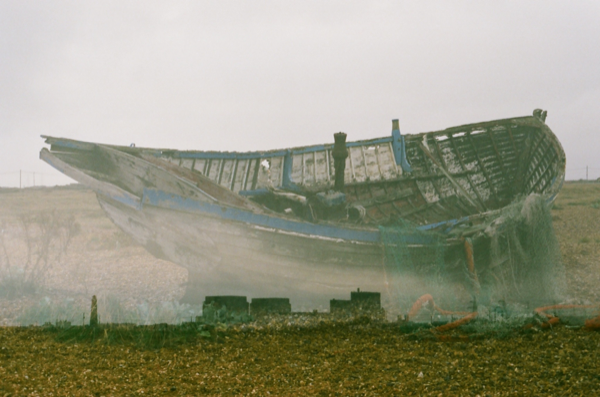 @catalinas
@catalinas
 Lady on a Horse - Genieve Figgis (2017)
Lady on a Horse - Genieve Figgis (2017)
 Dead Sea Salt Sculptures - Anat Eshed Goldberg
Dead Sea Salt Sculptures - Anat Eshed Goldberg
Quantum Entanglements and Hauntological Relations: Dis/continuities, SpaceTime Enfoldings, and Justice-to-Come, Karen Barad [pdf]
Act 1. Scene 1. Diffracting Events, Entanglements, Ghostly Matters
SpaceTime Coordinates: Reiteration/ Reconfiguration/ Returning for the first time, again / 1941 [Copenhagen] / diffracted through 1998 [Copenhagen] / diffracted through 1927 [Copenhagen, Niels Bohr Institute: a monumental year in the development of quantum physics; major disagreements emerge between Bohr and Heisenberg concerning the interpretation of quantum physics] / diffracted through 1990’s [diffraction experiments–gedanken experiments (thought experiments, laboratories of the mind) made flesh – quantum erasers, quantum entanglements, and possibilities for changing the past] / diffracted through 2007 [Meeting the Universe Halfway: meditation on quantum physics; entanglements of matter and meaning; diffraction as synecdoche of entangled phenomenon, intra-active meta/physics, différance; diffraction as methodology: reading texts intra-actively through one another, enacting new patterns of engagement, attending to how exclusions matter] / diffracted through 1994 [Specters of Marx] / diffracted through 1600 [Hamlet] / diffracted through 1848 [Communist Manifesto, materialism] / diffracted through 1687 [Newton’s Principia, classical understandings of matter and the void, Aethers, Spirits] / diffracted through 2060 [Newton’s prediction for the end of time, derived not from his deterministic laws of physics, but from biblical prophesising, calculation, anti-speculative speculating, a speculation to end all speculations] / diffracted through 1703 [Newton’s Opticks, spectrality] / diffracted through 1912 [Bohr’s Nobel Prize winning explanation of atomic spectra, origins undone, queer causality, spectrality] / diffracted through 1935 [Schrödinger’s cat–a feline entangled with a radioactive atom is in a superposition state of alive and dead...still?] / diffracted through 1945 [dropping of atomic bombs on Hiroshima and Nagasaki; cities populated with the living dead; a ghostly/ghastly scene; hauntings] /.../ war time / science time / spacetime / imaginary time / mythic time / story time / inherited time / a time to be born / a time to die / out of time / short on time / experimental time / now / before / to-come /...threaded through one another, knotted, spliced, fractured, each moment a hologram, but never whole...Time is out of joint, off its hinges, spooked.
Art (as Duvall): But is a ghost a people?
Jack: Shrug. [Austin chuckles]
Jack (as Pickman): Do you think a ghost is a person?
Art (as Duvall): I don’t know. And maybe we’re all just our environment. Maybe on the train, you and I are the train too.
friends at the table, sangfielle, episode 20
Richard Siken
I cut off my head and threw it in the sky. It turned
into birds. I called it thinking. The view from above—
untethered scrutiny. It helps to have an anchor
but your head is going somewhere anyway. It's a matter
of willpower. O little birds, you flap around and
make a mess of the milk-blue sky—all these ghosts
come streaming down and sometimes I wish I had
something else. A redemptive imagination, for
example. The life of the mind is a disappointment,
but remember what stands for what. We deduce
backward into first causes—stone in the pond of things,
splash splash—or we throw ourselves into the future.
We all move forward anyway. Ripples in all directions.
What is a ghost? Something dead that seems to be
alive. Something dead that doesn't know it's dead.
A painting, for instance. An abstraction. Cut off your
head, kid. For all the good it'll do ya. I glued my head back
on. All thoughts finish themselves eventually. I wish
it were true. Paint all the men you want but sooner or
later they go to ground and rot. The mind fights the
body and the body fights the land. It wants our bodies,
the landscape does, and everyone runs the risk of
being swallowed up. Can we love nature for what it
really is: predatory? We do not walk through a passive
landscape. The paint dries eventually. The bodies
decompose eventually. We collide with place, which
is another name for God, and limp away with a
permanent injury. Ask for a blessing? You can try,
but we will not remain unscathed. Flex your will
or abandon your will and let the world have its way
with you, or disappear and save everyone the bother
of a dark suit. Why live a life? Well, why are you
asking? I put on my best shirt because the painting
looked so bad. Color bleeds, so make it work for you.
Gravity pulls, so make it work for you. Rubbing
your feet at night or clutching your stomach in the
morning. It was illegible—no single line of sight,
rno many angles of approach, smoke in the distance.
It made no sense. When you have nothing to say,
set something on fire. A blurry landscape is useless.
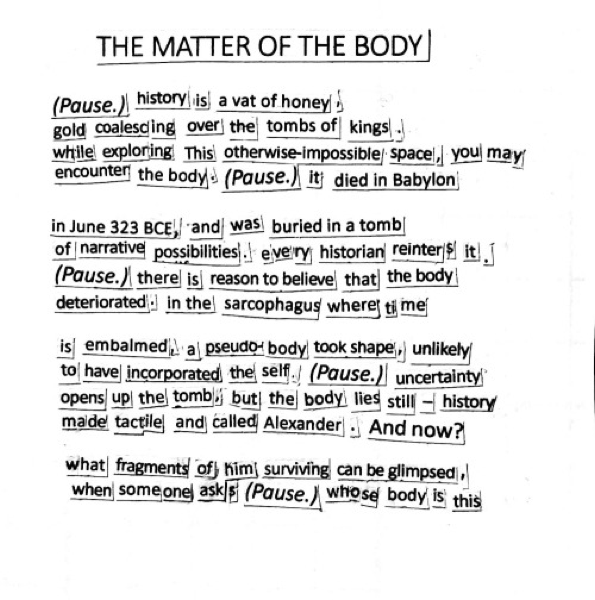 ella standage
ella standage
Unfortunately, burying a body at sea—no matter how reluctantly—could be just as dangerous as leaving it aboard ship. In a discussion of sea burials, David J. Stewart suggests that postmortem rituals designed to protect the living from the malice of the dead “seems to be a cultural universal.” He cites a Western tradition stretching back “at least to Homeric Greece” and through the period when burial at sea on deep sea voyages began. In the Western tradition, ghosts were tied to premature deaths that were not properly respected by the living and so returned to haunt them. Nor were Western sailors alone in their fretful imaginings: some accounts state that Arab sailors broke the bones of dead crew members before dropping the body overboard to prevent them from rising.
The ritual emphasis on keeping the sailor from returning as a ghost can be understood as a response to the transience of the sea and of maritime life. A crew lived with only wooden planking separating them from an abyss of water. No physical obstacle impeded individual movement from the surface of the water to the sea floor, or vice versa. Without weighting, a body might float on the surface indefinitely; a weighted body might sink, but the sea itself formed no physical boundary. Perry relates that the crew of the Continental reported seeing Louie’s ghost a few days after his completely proper service. Indeed, the very term “sea burial” is in a sense inappropriate—for how can a body be “buried” beneath a surface that is the very definition of fluidity?
If you just bend the one little rule that a ghost has to be dead, pretty much everywhere is haunted
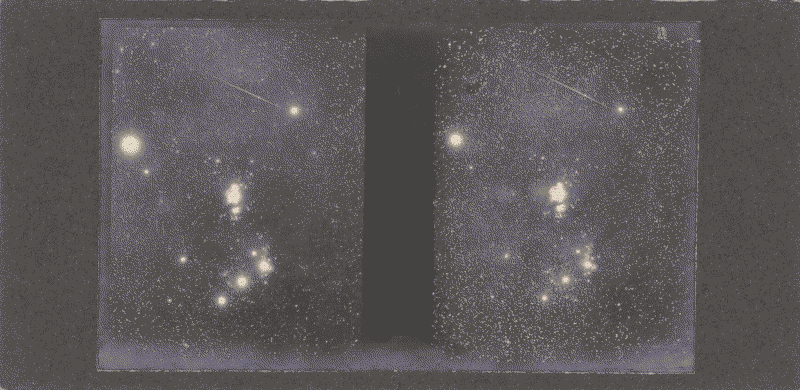 Barnard & Sullivan - Meteor Trail, 1880s
Barnard & Sullivan - Meteor Trail, 1880s